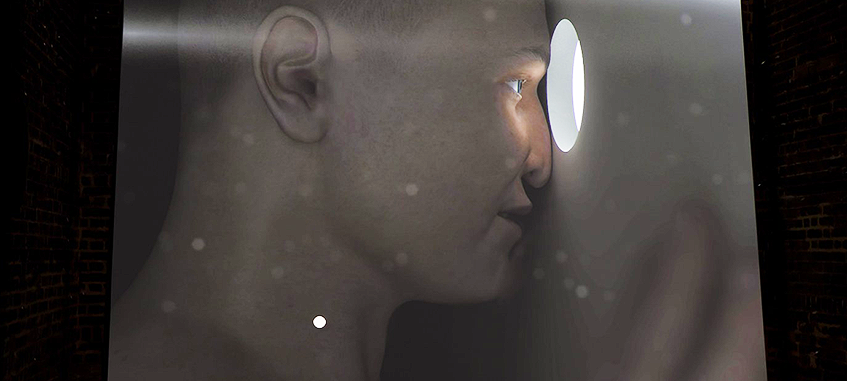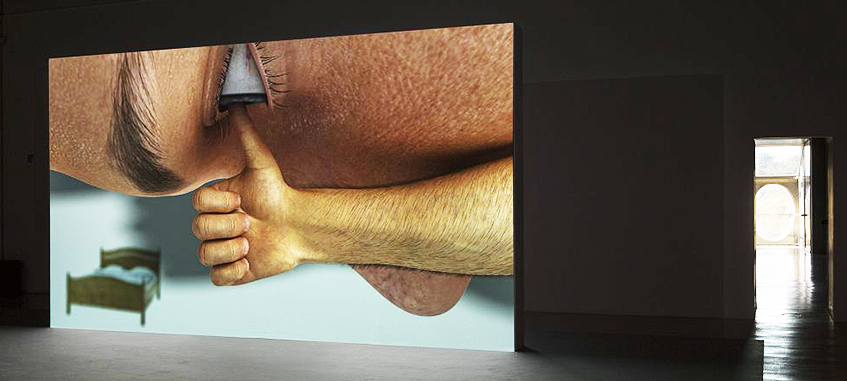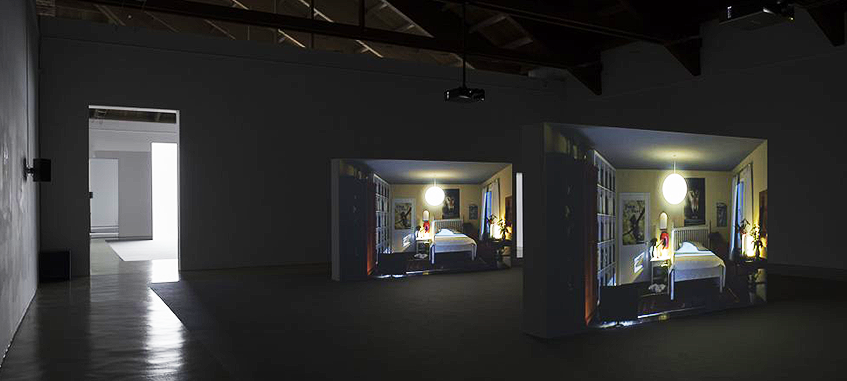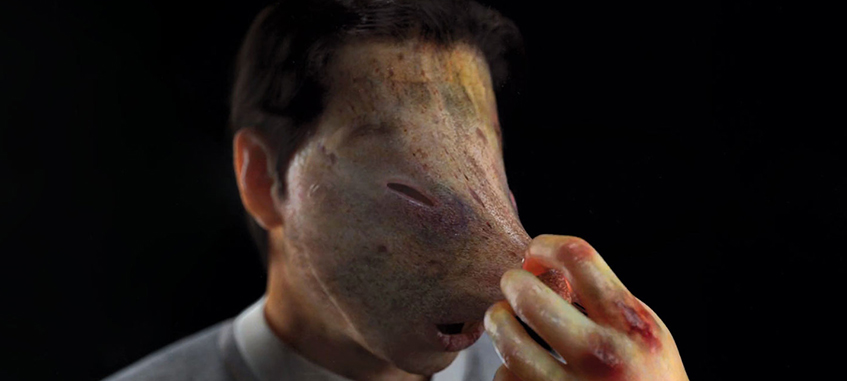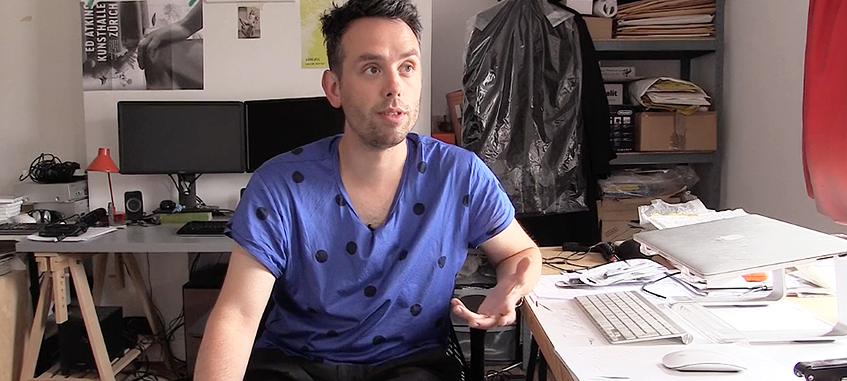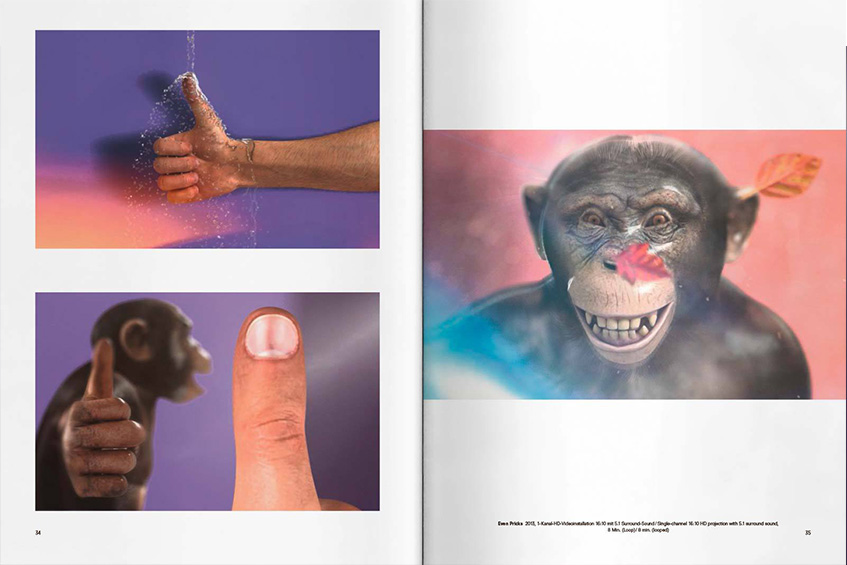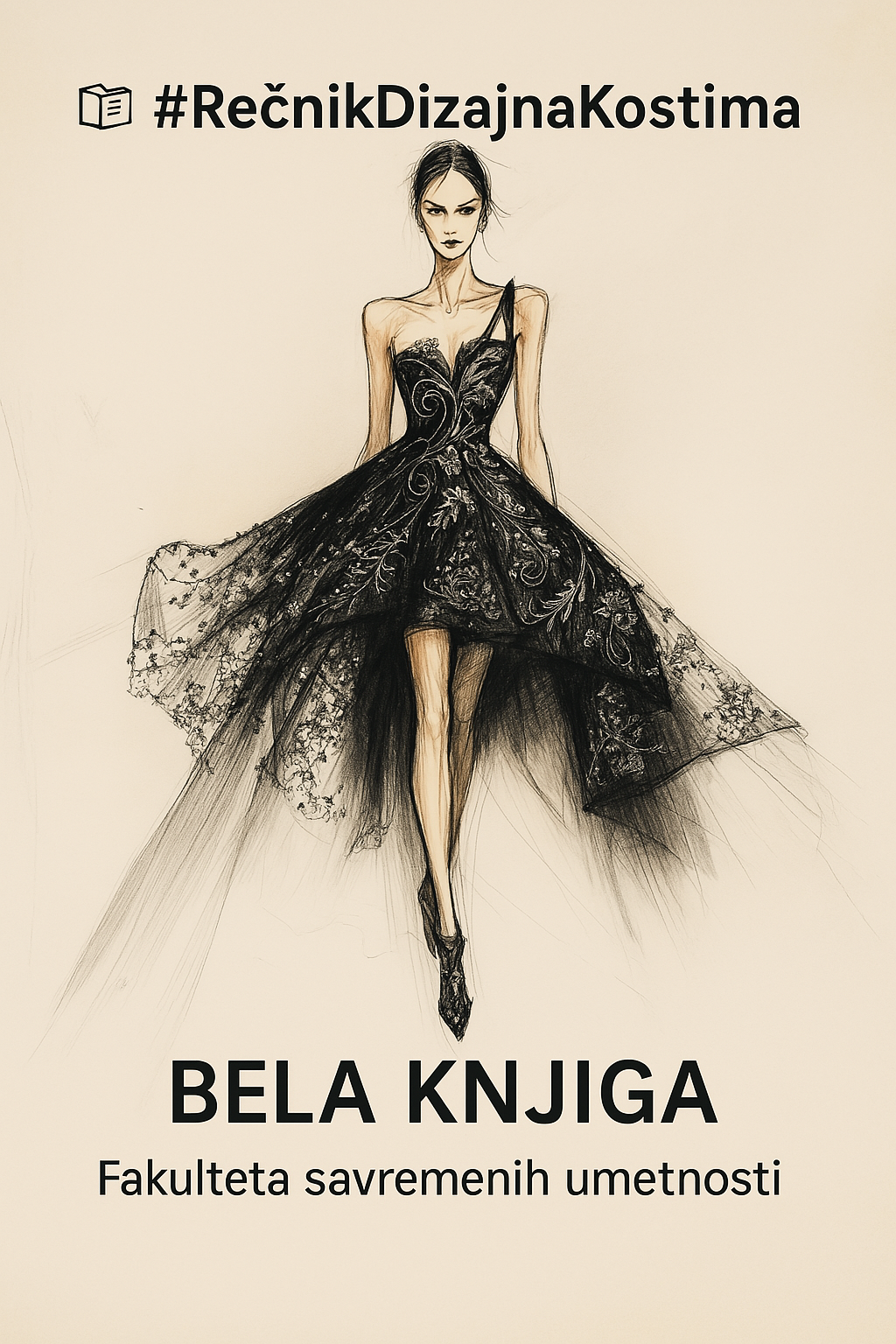Despite the fragmented poetic speech used by his characters and the emotional music that makes a part of the original atmosphere of Atkins’ worlds, the critique has noticed that the basic emotion the artist’s characters communicate is – emptiness.
But, the main question is: what lies behind this emptiness, or, in other words, what is the goal of this art?
It is simple: with this real, three-dimensional existence, Atkins wants to remind his viewers on one thing people keep on forgetting in today’s world:
– Corporeality.
Physically present, growing, developing, aging and decaying human body – this is the thing that Atkins wants his viewers to pay attention to. In other words, to pay attention to physical existence that loses its importance in the world of codes.
The virtuality of modern visual worlds and the deep impact they have on the way we perceive our corporeality and physical reality is the main motif of Atkins’ entire body of work.
The artist who made his dream come true
Due to the amount of popularity and acknowledgement from the critique and professional public, Ed Atkins of today can make a living form his art, and a good living, too. Which grants him freedom to completely devote himself to his art in order to explore new ways in which to pour his inspiration into interesting creations.
Even though London remains his main residence, Atkins often changes places and lives in large art centers like New York, Paris and Amsterdam.
Ed Atkins is living the dream of many young artists, however, that does not amount to the best thing in his artistic success. In fact, Atkins has fulfilled the dreams of the two people without whom it wouldn’t be possible to become what he is today:
– His parents.
Atkins’ father was a graphic artist and his mother was an art teacher in a public school. Both of them dreamed of a career in arts, but had to give up their dreams for the sake of stable finances.
Ed Atkins has made real not only his own dream but the dream of his parents, too, and his is well aware of the privileges granted to him by his art: “Nobody in my family was given the opportunity to live like me or to ever do what they really wanted to do”, he noted in an interview.

